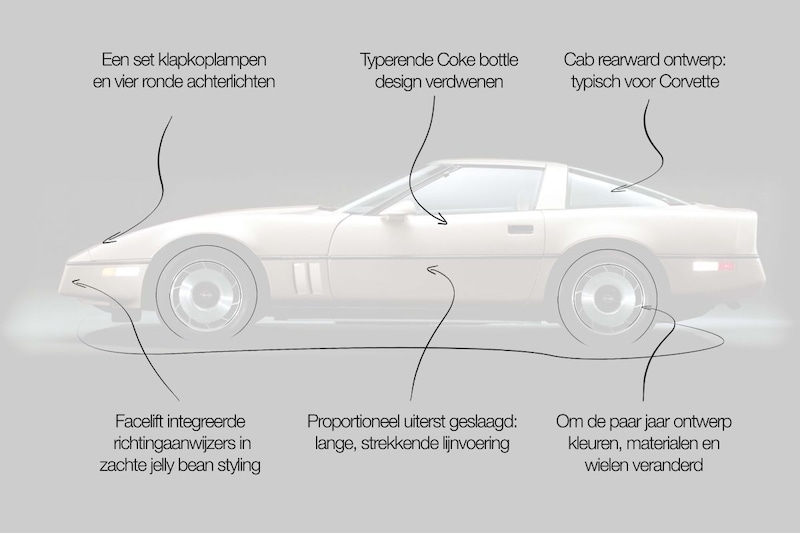
At the end of a series of design reviews of icons from the past, car designer Niels van Roij looks in the rear-view mirror for the last time. A large, iconic American presents itself: the Corvette C4, the generation that took charge of the 1980s on behalf of the American Dream.
Car designer Jerry Palmer was promoted to head of Chevrolet Studio III in 1974 and took over responsibility for exterior design in 1977 when Bill Mitchell resigned. Palmer made the pencil sketch below in July 1978. Shortly afterwards the first clay model was made.
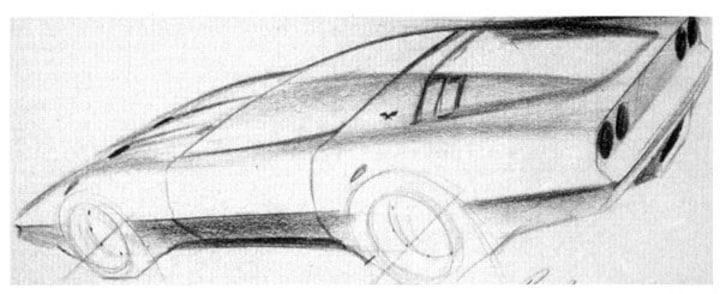

When the all-new Corvette was released in 1984, it was enthusiastically received by the press and public. Perhaps this was because the twenty-year production run of the C3 platform became quite visible in that model. ‘Murica was in need of a new Vette! In the first year of C4 production, more than 51,000 were purchased, a doubling of outgoing C3 sales the year before.
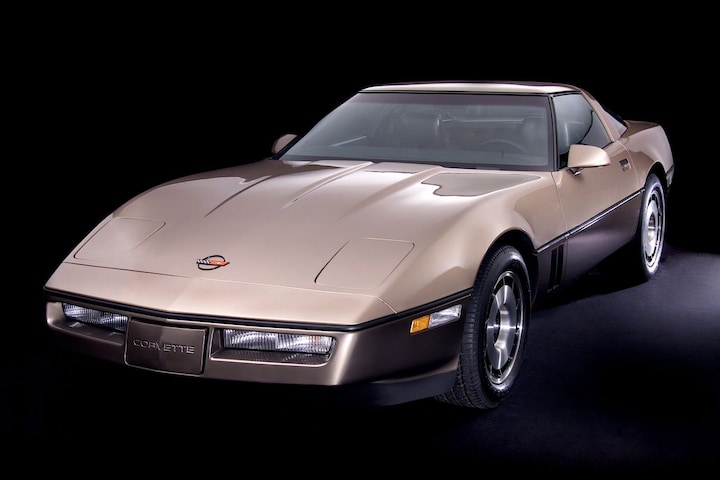
The C4 Corvette represented a new era: a radical change in direction compared to its predecessor. It’s so typical coke bottle design of the C3 – an elegant exterior design application that significantly limited interior space – had disappeared. In addition, the C4’s roofline became lower, improving the overall proportions. However, a set of folding headlights was again fitted in the nose and of course four round taillights were drawn on the other side. Back then everyone understood that this was brand DNA, which should not be tampered with…
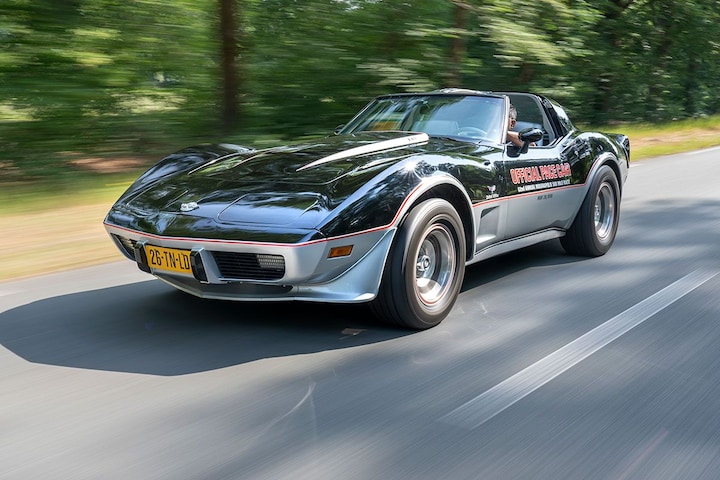
The Corvette C3 with its coke bottle design.
The C4 has a strong cab rearward-design, which was – until the current C8 model – typical for the Corvette. The long C4 nose extends far to the rear and the driver sits almost on the rear axle. A beautiful – then – modern interpretation of this classic muscle car principle.
As befits a true American, this 80s design also has a strong look powerdome on the hood. He makes the muscle strength underneath clearly visible. The rake of the windscreen is large, with a relatively small glass area all around. The greenhousegraphics are hard and blocky. They define the C4 identity and break through the main body shape in precise hardness and linearity: from the front to the wrap-around rear window. Only the contrasting B-pillar breaks this outline. Completely different from the theatrical C3 hips.
The C4 Convertible came onto the market in 1986. Like many American brands at the time, minor changes were made to design, colors and materials every few years, from wheels to emblems and side vents. The fast ZR1 was introduced in 1990 and the following year the heavily updated C4 was released, the first major styling changes since the introductory model. Integrated turn signals at the front and a redesigned rear with more square taillights make this iteration different. A new turbine-style wheel was also offered. The facelift featured a softer, more 90s style, the so-called jelly bean styling. This could be seen all around, but especially inside.
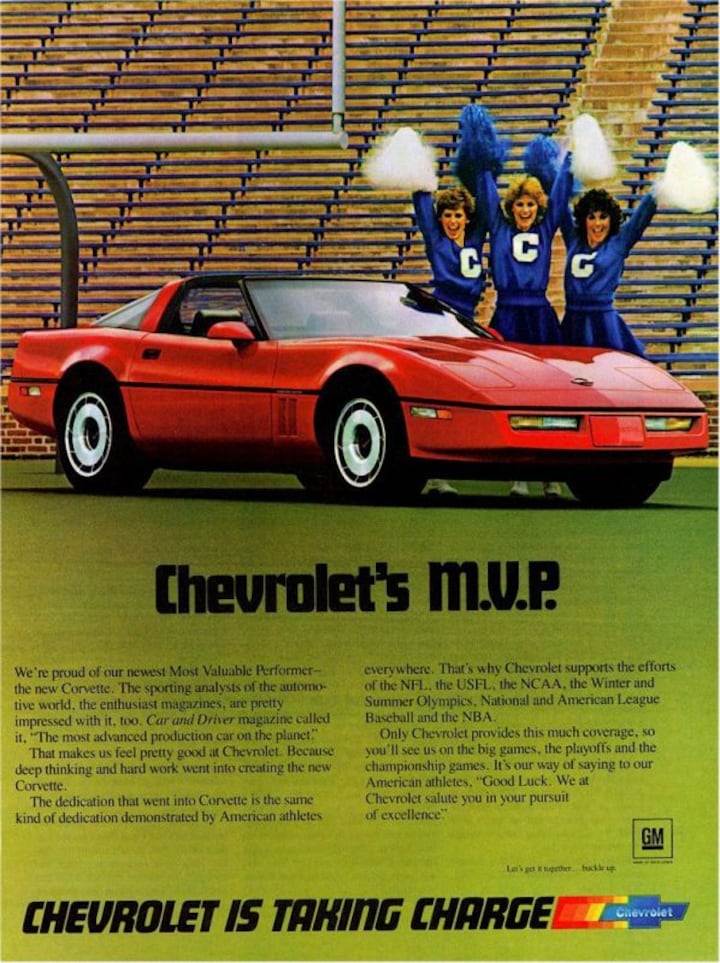
The C4 model was built until 1996. During the fourteen years that the C4 was in production, it has undergone major evolutionary changes, especially under the skin.
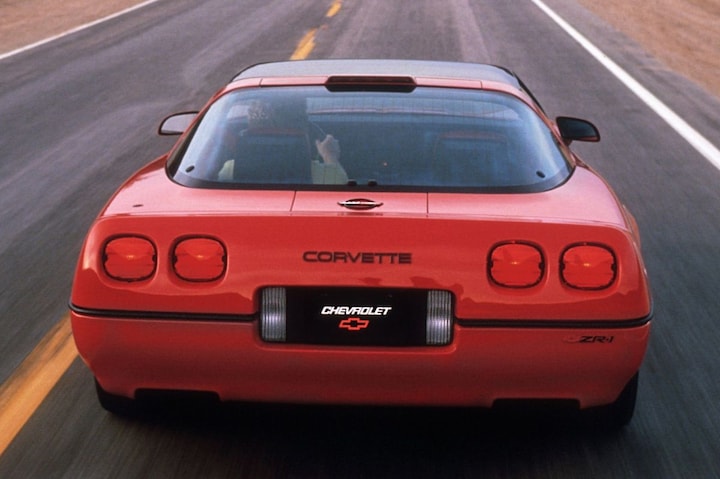
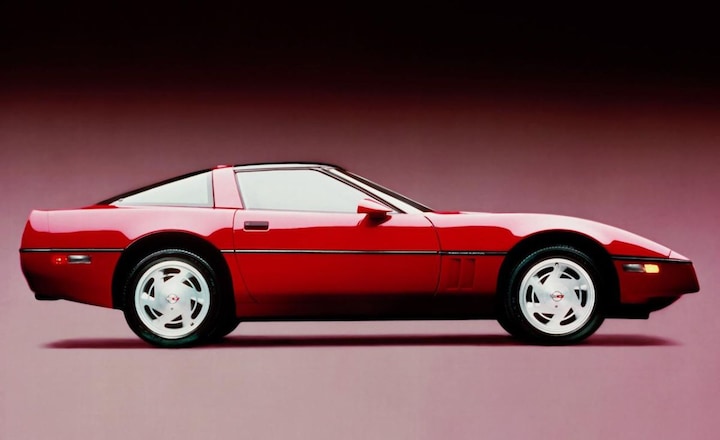

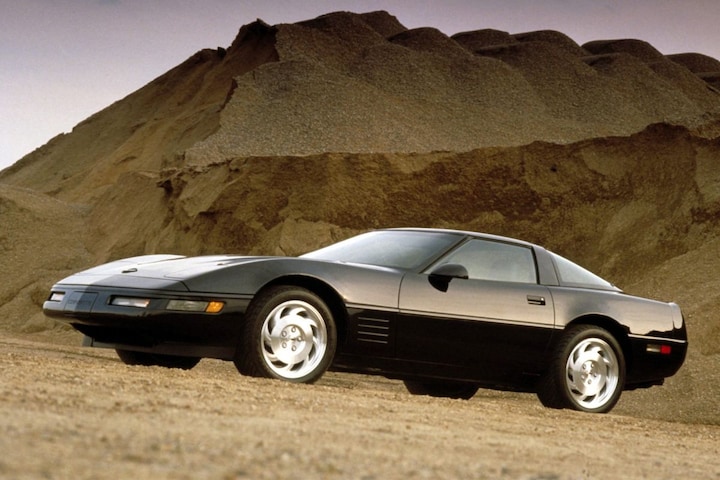
Despite the major differences from the C3, the C4 Corvette was immediately recognizable as a Corvette. Proportionally, the car was also extremely successful, with its long, sweeping lines a typical child of the eighties. Job well done, team USA!

– Thanks for information from Autoweek.nl